 Conifers
Conifers
 Standardisation of Nursery Techniques
Standardisation of Nursery Techniques
 Establishment of Seed Production Areas/Seed Orchards
Establishment of Seed Production Areas/Seed Orchards
 Afforestation of Cold Deserts
Afforestation of Cold Deserts
 Rehabilitation of Mined Areas
Rehabilitation of Mined Areas
 Ecological & Phyto-sociological Studies
Ecological & Phyto-sociological Studies
 Insect Pest and Disease Management
Insect Pest and Disease Management
 Agroforestry & Extension Activities
Agroforestry & Extension Activities
 Herbarium
Herbarium
 Western Himalayan Temperate Arboretum
Western Himalayan Temperate Arboretum
 Publications
Publications
 Medicinal Plants & NWFP
Medicinal Plants & NWFP
ECOLOGICAL & PHYTO-SOCIOLOGICAL STUDIES
Ecological Assessment, Collection and Establishment of Clonal Banks of Hill Bamboos (Arundinaria spp.) in Himachal Pradesh
- The ecological study of hill bamboos revealed that Arundinaria falcata form moderately dense to under-growth in the ban oak and deodar forests especially where the tree canopy has natural break whereas T. spathiflorus normally forms big patches in the fir, spruce and moru oak foresrts. The wild population of only two species of hill bamboos viz. A. falcata and T. spathiflorus existed in the State. The plants of these two species were collected from various locations of Himachal Pradesh and Clonal banks were established at two sites measuring 2 ha each at Forest Area adjoining Brundhar Research Station and Chhichhar Forest area under Kumarsain Range of Kotgarh Forest Division. The clonal banks established will serve as the demonstration plantation to the local populace and artisans as well.
- The study was conducted in different altitudes varying from 2700-5000 m in different areas of cold deserts of Pooh sub division of district Kinnaur, Himachal Pradesh which revealed that the total number of plant species was 191 belonging to 47 families and 127 genera in Labrang area, 191 species belonging to 49 families and 134 genera in Lippa-Asrang area, 192 species belonging to 55 families and 136 genera in Pooh area, 160 species belonging to 51 families and 119 genera in Ropa-Giavung area, 142 species belonging to 49 families and 105 genera in Namgia area and 130 species belonging to 41 families and 101 genera in Hango area. The study also revealed the presence of 114 medicinal plant species from the area. Out of these medicinal plants, 24 species fall in the category of threatened plants.
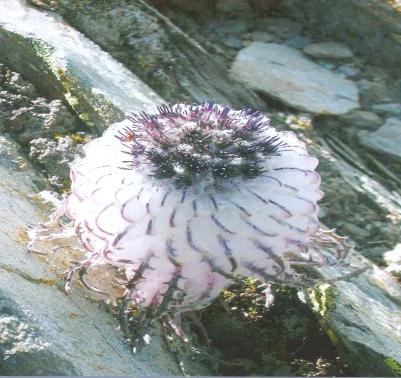 Saussurea gossypiphora |
 Ephedra gerardiana |
- The survey and phyto-sociological study was carried out in Rakchham-Chitkul Wildlife Sanctuary, district Kinnaur, Himachal Pradesh and recorded 322 plant species belonging to 70 families and 162 genera. The study also included the presence of 98 plant species of medicinal importance. Twenty two plant species of threatened categories were recorded from the sanctuary, out of which 3 were critically endangered, 11 endangered and 13 vulnerable.
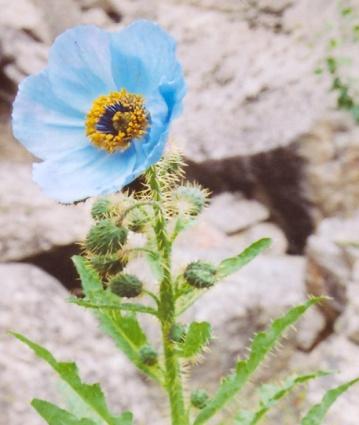 Meconopsis aculeata |
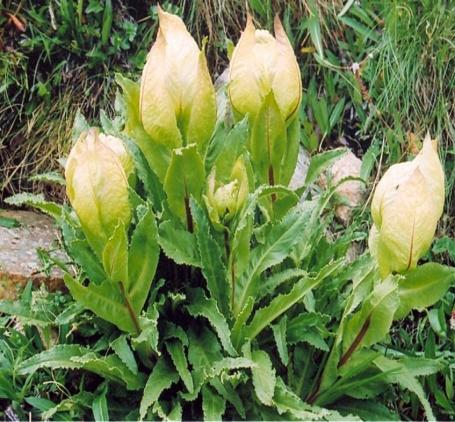 Saussurea obvallata |
- Ecological Assessment of Forest Areas Falling under Kol Dam Hydroelectric Project of Himachal Pradesh
- Survey was conducted in many of the Hydroelectric Project Sites. However, the findings of Kol Dam Hydroelectric Project Site, which rather falls in Sub-tropical to sub-temperate climate revealed the presence of 227 plant species belonging to 77 families and 194 genera. When considered micro-climatically within the state - recorded the presence of 129 plants of medicinal value. The plant species viz; Zanthoxylum armatum, Gloriosa superba, Roylea cinerea, Valeriana jatamansi.Taxus wallichiana were fall in the category of threatend medical plants.
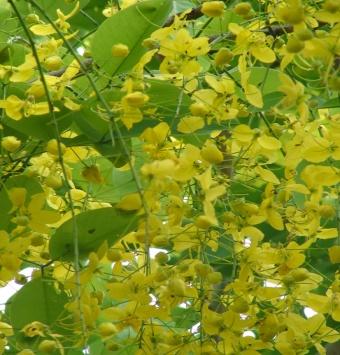 Cassia fistula |
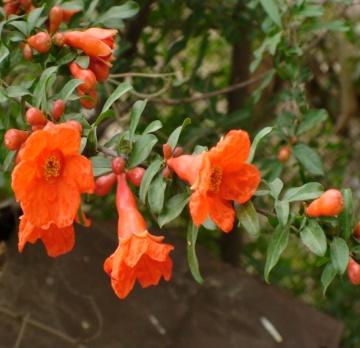 Punica granatum |
- In Kalatop-Khajjiar Wildlife Sanctuary, total number of plant species was 232 belonging to 76 families and 218 genera. The dominant families were Asteraceae, Rosaceae, Fabaceae, Lamiaceae, Poaceae, Ranunculaceae and Polygonaceae. Out of 100 medicinal plant species recorded from the Kalatop-Khajjiar Wildlife sanctuary, 7 species viz.; Cinnamonum tamala, Dioscorea deltoidea, Paris polyphylla, Podophyllum hexandrum, Polygonatum verticillatum, Taxus wallichiana, Zanthoxylum armatum fall in the category of threatened plants.
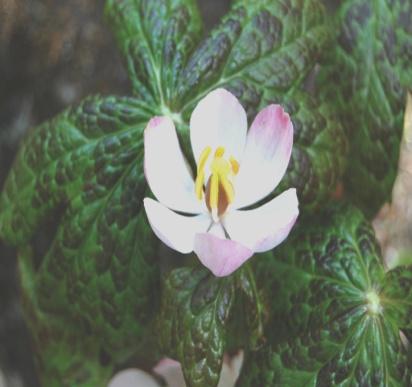 Podophyllum hexandrum |
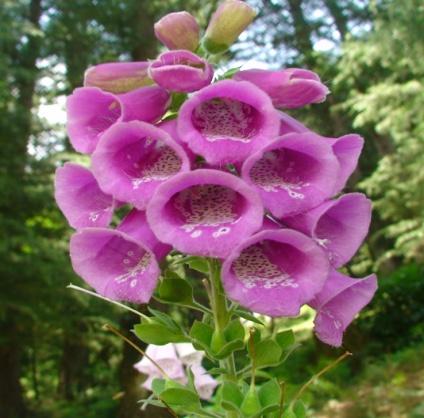 Digitalis purpurea |



